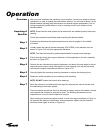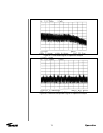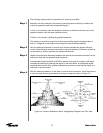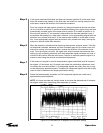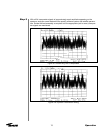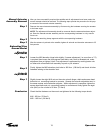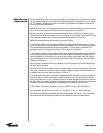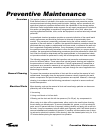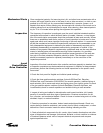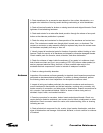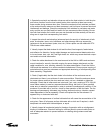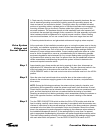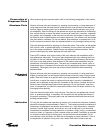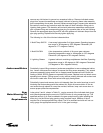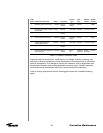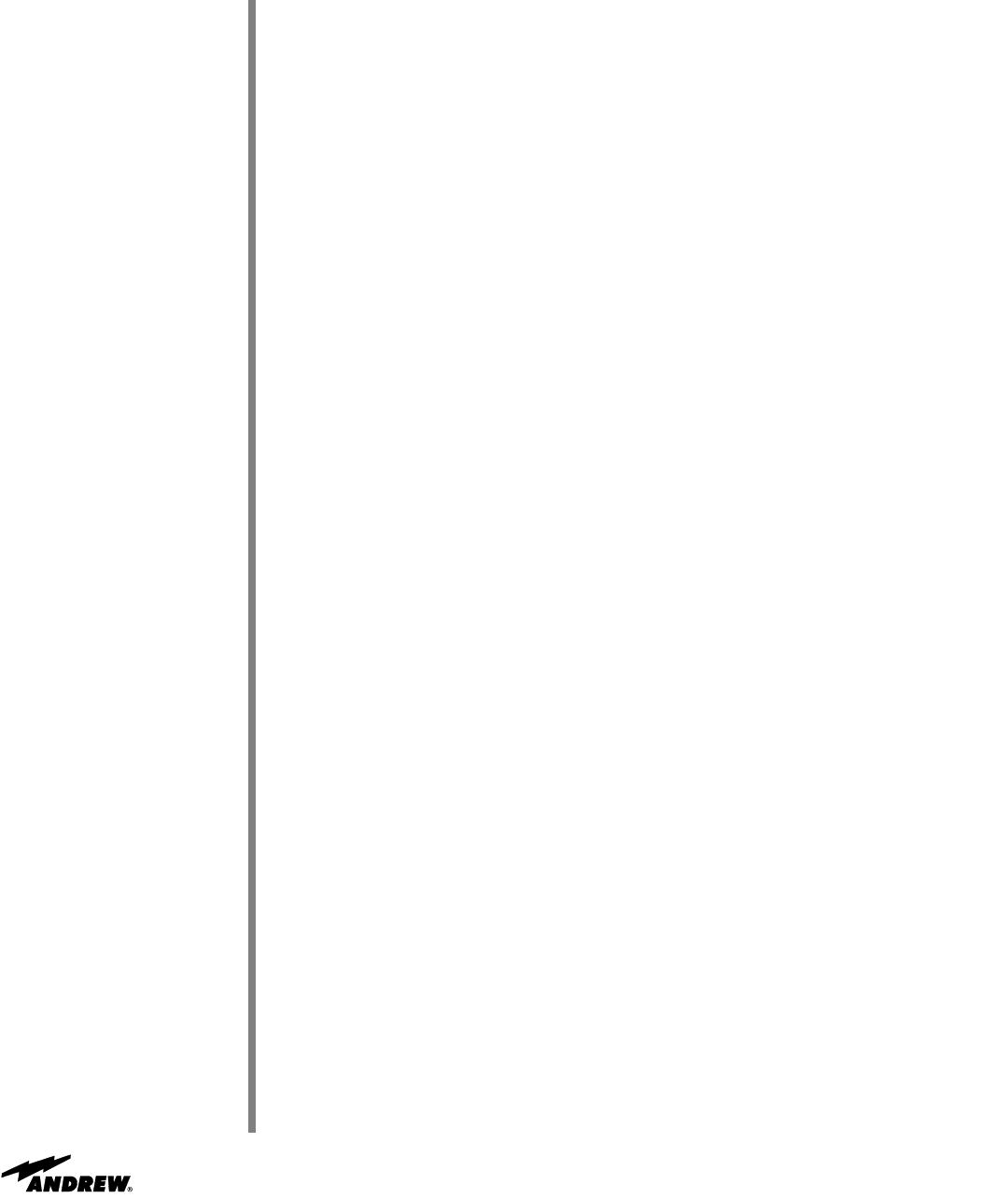
Preservation of
Component Parts
Aluminum Parts
Galvanized
Surfaces
Lubrication
84
When preserving the component parts, refer to the following paragraphs in this section.
Remove all loose paint and corrosion by scraping, wire brushing, or using steel wool. If
using steel wool near the feed window, make sure that none remains on the feed horn
window. Edges of existing paint can be blended with the metal surface by using a fine
grit sandpaper. Wipe the surface to be painted with a soft rag dampened in trichlorethyl-
ene, lacquer thinner or equal. Be certain to remove all loose paint, corrosion, imbedded
dirt, grease, and oil deposits or the paint will not adhere to the surface. Lacquer thinner
will dissolve paint if applied heavily and rubbed vigorously. The reflector may be washed
with plain water if necessary. Do not use bleach, soap solutions, or kerosene as it is dif-
ficult to remove the residue. Allow the cleaned surface to dry thoroughly before priming.
Prime the cleaned surface by applying zinc chromate primer. The primer can be applied
with a brush, roller, or pressurized spray. If necessary, thin the primer with lacquer thin-
ner to the proper consistency. Feather primer onto adjacent painted surfaces;. Allow
primer to thoroughly dry before applying the finish paint coat.
Paint all RF surfaces, such as the inside of the main reflector and subreflector with a
high-reflectance white paint. This type of paint disperses light rays, reducing the focus-
ing effect of the sun’s radiation, thereby reducing heat build-up caused by the focused
sun’ rays on the feed system. Rear surfaces of the reflector and subreflector may be
painted with a flat white enamel paint. The paint can be applied with a brush, roller, or
pressurized spray. If necessary, thin the paint with the appropriate thinner to the proper
consistency. Thoroughly paint over the primed surfaces and blend with the existing
painted surface.
Remove all loose paint and corrosion by scraping, wire brushing, or using steel wool.
Edges of existing paint can be blended with the metal surface by using a fine grit sand-
paper. Wipe the surface to be painted with a soft rag dampened in trichlorethylene, lac-
quer thinner, or equal. be certain to remove all loose paint, corrosion, imbedded dirt,
grease, and oil deposits or the paint will not adhere to the surface. Lacquer thinner will
dissolve paint if applied heavily and rubbed vigorously. Do not use bleach, soap solu-
tions, or kerosene as it is difficult to remove the residue. Allow the clean surface to dry
thoroughly before painting.
Paint the cleaned surface with a zing-rich paint. The paint can be applied with a brush,
roller, or pressurized spray. If necessary, thin the paint with the appropriate thinner to
the proper consistency. Thoroughly paint over the cleaned surface and blend with the
existing painted surface.
For long life and trouble-free operation be certain not to extend the lubrication schedule
beyond the frequency recommended in Table 5-1. The frequency should be shortened if
the antenna is subjected to an adverse environment (e.g., high temperature, extended
periods of rainfall, high humidity, dust storms, etc). Any component or part should be
immediately be lubricated if during inspection or operation, rough, jarring, or intermittent
motion is noted, or if squeaky or other unusual noises are heard. Lubrication is required
on all metal-to-metal rolling or sliding parts. Us the lubricants recommended. Do not
over lubricate. Over lubrication can often be as damaging as under lubrication. Prior to
the application of lubricant to any parts, use a clean cloth and/or bristle brush and
Preventive Maintenance



